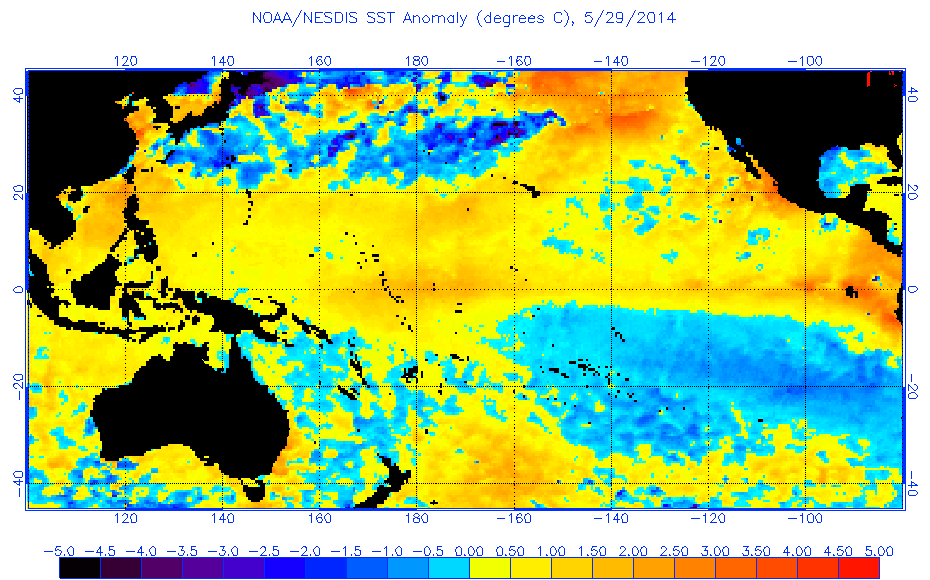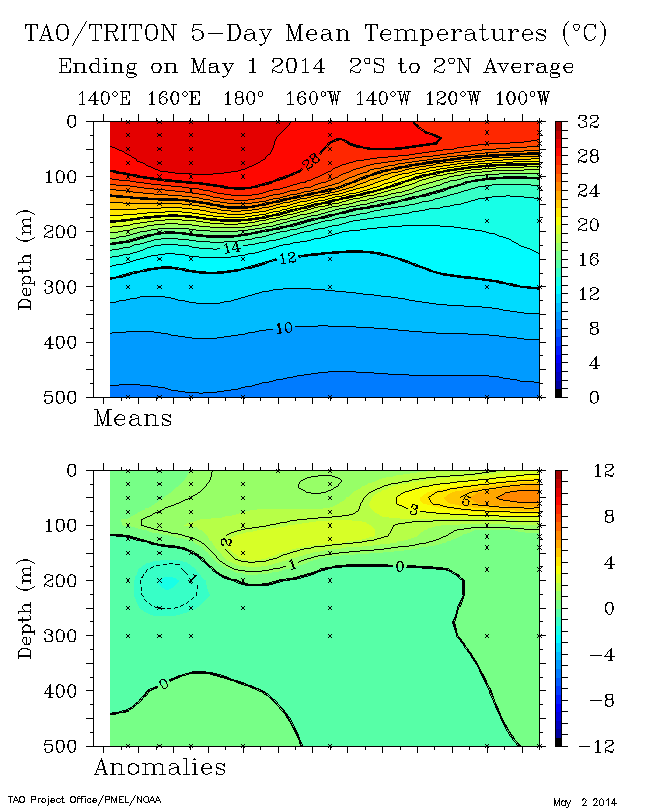Government of Jamaica's push to divest the port of Kingston (Kingston container terminal) by way of concession is now complete. In a deal worth US $510 million, France-based CMA CGM shall operate the KCT for 30 years.
Kingston container terminal. Source of image: Timeforfamily
The divestment process was not all smooth sailing, initially, three bidders expressed interest in the port; PSA international out of Singapore, DP world out of the United Arab Emirates and CMA CGM out of France. However, DP world and PSA international pulled out, citing concerns regarding a possible rival container port to be built at the Goat Islands in St Catherine. This meant that CMA CGM was the lone bidder, and eventually got the go-ahead to operate the KCT on April 7, 2015.
Kingston container terminal. Source of image: Timeforfamily
The divestment process was not all smooth sailing, initially, three bidders expressed interest in the port; PSA international out of Singapore, DP world out of the United Arab Emirates and CMA CGM out of France. However, DP world and PSA international pulled out, citing concerns regarding a possible rival container port to be built at the Goat Islands in St Catherine. This meant that CMA CGM was the lone bidder, and eventually got the go-ahead to operate the KCT on April 7, 2015.
CMA CGM
CMA CGM was founded in Marseille, France in 1978. Internationally, CMA CGM is rated as the world's third largest shipping company, MSC and Maersk are ranked second and first respectively.
CMA CGM has in excess of 440 ships in operations, serving 400 of 521 global container ports. Additionally, CMA CGM handles 12.1 million twenty-foot equivalent units (TEUs), employing approximately 20 000 individuals. Furthermore, latest revenue data are relatively impressive; US $16.7 billion at the end of 2014. In June 2013, China merchants holding international (CMHI) acquired a 49 percent stake in the company. The figures and the ownership structure, suggests that CMA CGM has the financial capability and know how to operate the port of Kingston.
CMA CGM has in excess of 440 ships in operations, serving 400 of 521 global container ports. Additionally, CMA CGM handles 12.1 million twenty-foot equivalent units (TEUs), employing approximately 20 000 individuals. Furthermore, latest revenue data are relatively impressive; US $16.7 billion at the end of 2014. In June 2013, China merchants holding international (CMHI) acquired a 49 percent stake in the company. The figures and the ownership structure, suggests that CMA CGM has the financial capability and know how to operate the port of Kingston.
Kingston Container Terminal (KCT)
Located in the world's 7th largest natural harbour, KCT commenced operations in 1975 at port Bustamante. KCT has grown markedly in size over the years. It has a rated capacity of 2.8 million TEUs, making KCT among the largest regional port, and the largest container port in the Caribbean.
Under the concession agreement, It's envisaged that annual capacity of KCT shall increase to 3.6 million TEUs. Additionally, KCT shall become CMA CGM's regional hub, and foresees the aforementioned KCT becoming a top five port in the region.
To achieve their dreams, CMA CGM seeks to increase the draught at the terminal to 15.5m prior to the opening of the new locks at the expanded Panama canal. The Panama canal shall allow the passage of post-panamax ships to transit the canal, KCT and Caribbean ports are positioning themselves to become major beneficiaries of the expanded Panama canal.
Under the concession agreement, It's envisaged that annual capacity of KCT shall increase to 3.6 million TEUs. Additionally, KCT shall become CMA CGM's regional hub, and foresees the aforementioned KCT becoming a top five port in the region.
To achieve their dreams, CMA CGM seeks to increase the draught at the terminal to 15.5m prior to the opening of the new locks at the expanded Panama canal. The Panama canal shall allow the passage of post-panamax ships to transit the canal, KCT and Caribbean ports are positioning themselves to become major beneficiaries of the expanded Panama canal.
References:
Major ports, Port Authority of Jamaica.
http://www.portjam.com/nmCMS.php?p=ports
General overview, KCT services LTD.
http://www.kctjm.com.jm/index.php?option=com_content&view=article&id=91&catid=78&Itemid=477
The CMA CGM Group obtains the Kingston Containers Terminal concession and makes Jamaica its hub in the Caribbean, CMA CGM.
http://www.cma-cgm.com/news/789/the-cma-cgm-group-obtains-the-kingston-containers-terminal-concession-and-makes-jamaica-its-hub-in-the-caribbean












